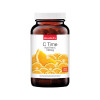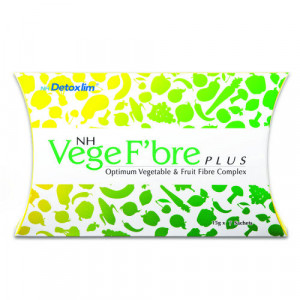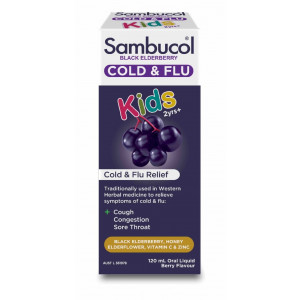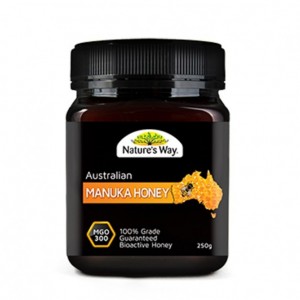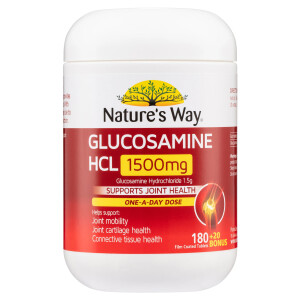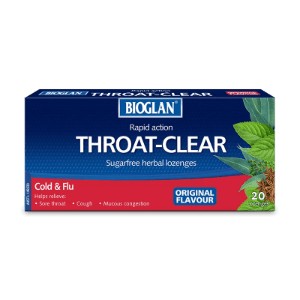Kordel’s Cold Churned Creamed Honey 250g
$25.10
Limited Availability
Description:
- Antiviral
- Antimicrobial
- Antifungal
- Antidiabetic
- Antioxidant
What is Cold Churned Creamed Honey?
Honey is a sweet liquid made by honey bees from the nectars of the flowers. It is highly regarded as a pure and nutritious food. Among the Muslims, it has a special significance as the Quran denotes it as a cure for mankind. It was used by the ancient Greeks, Romans, Chinese, Muslims and Egyptians for wound healing, better digestion, a cure for infections and various ailments. Honey is made up of 80% sugar, thus it has high energising properties. The bees collect the nectar, then consume, digest and regurgitate it inside the beehive to produce honey.
Honey is recommended as a cough remedy in children above one year old. However, do not give honey to children below one year of age because some honey contains bacteria spores which are resistant to the acidity and hydrogen peroxide of the honey. When it is ingested by children below 1 year old, it can cause toxicity in children. A study that looked at 139 children reported that honey was more effective in reducing night time coughs and improving sleep quality compared to diphenhydramine or dextromethorphan (a cough suppressant with sedative properties). Another study also reported that honey was more effective than placebo in cutting down night time coughing and promoting sleep for children with infections of the respiratory system.
Honey has been known to have been known to have antibacterial properties. In most floral types, the antibacterial action of honey is due to hydrogen peroxide in the honey (which is produced from the breakdown of glucose by the enzyme glucose oxidase), low water activity and acidity (low pH). There has been a rise in antibiotic resistance, where bacteria no longer respond to antibiotics. Research performed in New Zealand and the United Kingdom found that honey has a very strong antimicrobial effect and bacteria were unable to develop resistance towards it. Further research revealed that honey could kill bacteria through multiple pathways, so developing bacterial resistance is very unlikely. Honey was also found to improve healing through modulating the repair mechanism and the inflammatory and immune response of the body. Hydrogen peroxide is generally thought to be the main compound that is responsible for the antibacterial action of honey. Hydrogen peroxide in honey is produced during glucose oxidation catalyzed by the bee enzyme, glucose oxidase. Glucose oxidase is introduced to honey during nectar harvesting by bees.
Direction of Use:
As this is a natural product, its colour may vary.
Not suitable for children below 12 months old.
Related products
PROMOTIONS
PROMOTIONS
PROMOTIONS

 Nature's Way Activated Circumin Turmeric Concentrate 30s
Nature's Way Activated Circumin Turmeric Concentrate 30s 

